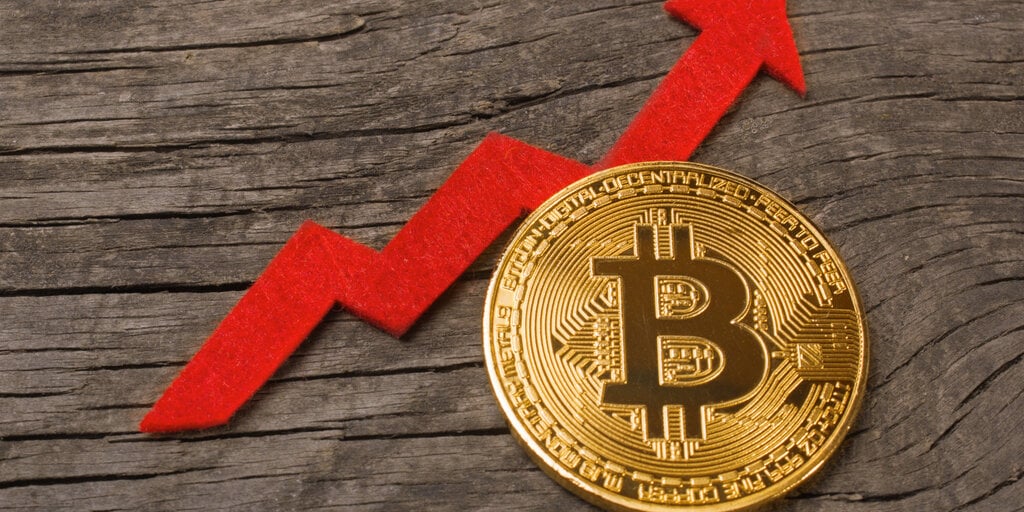For investors in London, Paris and Tokyo, it was a profitable deal for years:Buy USD and put earnings into S&P 500 and Nasdaq stocks. The returns in the U.S. stock market are not only far better than those generated locally, but are also amplified by the steady rise in the value of the dollar.
Therefore, when US President Trump launched a global trade war,Two parts of the deal suddenly broke down, and the pain of traders who put money into this strategy increased rapidly. The S&P 500 has fallen 6% this year, for investors whose returns are measured in the euro and yen,Losses expand to 14%. The speed of all this collapse, and the continued capriciousness of the White House, is disturbing investors who have expected the United States to be the ultimate safe haven and bring in excess returns.
Benoit Peloille, Chief Investment Officer of Natixis Wealth Management in Paris, said:It's a double blow, you suffer losses in stocks and currency at the same time。”
Even if Trump continues to retreat and concessions in the trade war,The sheer chaos of the past month has also given many foreign investors a glimpse of the risks of putting so much money into the US dollarMany of them are now rushing to add currency hedging to their U.S. stock portfolio, which was worth about ~ December as of last year$18 trillion, equivalent toNearly one-fifth of the total U.S. stock market value.
Both Morgan Stanley and Bank of America said they are seeing more customers buying protection against the dollar's decline. At Group Richelieu in Paris, Alexandre Hezez said his fund has now hedged to the maximum allowed level because "everything has been subverted".
Like many investors, Hezez previously believed that hedging forex risks was not very meaningful. The idea at the time was that if U.S. stocks fell due to global panic, the dollar was likely to strengthen due to safe-haven demand, offsetting these losses. State Street Bank custody data shows that foreign investors' overall currency hedging ratio for U.S. stocks is 23%.Much lower than the level of nearly 50% in 2020。
In one theoretical example, Bank of America strategists estimate that if investors return to pre-pandemic hedging levels,This could mean $5 trillion in foreign-held U.S. stocks need to hedge. Sam Zief, head of global foreign exchange strategy at JPMorgan Private Bank, said he received more requests for clients seeking advice from the topic than a long time ago.
Traders who are worried about a decline in Forex will usually sell US dollars in the forward market. For investors denominated in Swiss francs or yen, the three-month hedging cost is about 4% annualized, and above 2% for investors in the euro zone.The benefit is that it can offset any dollar decline, but this will also lose any currency gains, and the rollover cost will erode the returns。
"For fund managers who boldly enter at higher exchange rates," said Shoki Omori, chief trading strategist at Mizuho Securities in Tokyo.USD vs. Japanese YenEvery drop in the exchange rate is like sprinkling salt on the wound。”
Options are another popular strategy, according to U.S. clearing house data,Euro vs. USDContract trading volume is hitting a new high. But the greater the volatility means the more expensive the hedging. For euro zone investors, costs have increased by 15% this year.
Fares Hendi of Prevoir Asset Management believesTrying to guess the next move of the dollar is not worth itOne of the stock pickers. His fund made huge gains when the U.S. stock market boomed, but paid a heavy price in the sell-off.It plummeted about 18% this year。
He said in Paris:Exchange rate fluctuations are simply unpredictable. Trump doesn't know, Powell doesn't know, no one knows what the result will be. ”
Others warnDon't over-interpret the trading situation for a few weeks. The United States still has the world's best liquid market and profitable companies, with Alphabet's first-quarter revenue reaching $80 billion last week, and the dollar is also near a two-year low.There are almost no signs of collapse。
A big problem still exists - is it that international investors are beginning to gradually withdraw from the US market?
In Allianz SE's opinion,All this money has nowhere to go. butThe United States has huge investmentThey estimate that the balance of international investment is about $28 trillion, and small changes may have a huge impact.
"Even a small portion of these assets leave the U.S., it will lead to a greater distortion of exchange rates and global asset prices," Allianz economist Ludovic Subran and others wrote in a note.
Many strategists sayThe euro strengthens and the dollar weakens for several years. George Saravelos of Deutsche Bank wrote,The era of American exceptionalism "has begun to be eroded". He believes that by the end of 2027, the euro-dollar exchange rate will climb to 1.30, a level not seen in nearly a decade.
Kirstine Kundby-Nielsen, currency analyst at Danske Bank, believesEurope is becoming a more viable option for investors, and predict that the euro-dollar exchange rate will reach 1.22 in the next 12 months.
Group Richelieu's HezezNo risk to take,He began building hedging ahead of Trump's so-called liberation day on April 2, when the euro-dollar exchange rate was about $1.05, and has since soared past 1.15.
"My currency hedging has made up for some of the losses I suffered in the U.S. stock market. I plan to stick to this strategy in the short term, even if I think it will usually backfire in the long run," he said.
















No comments yet